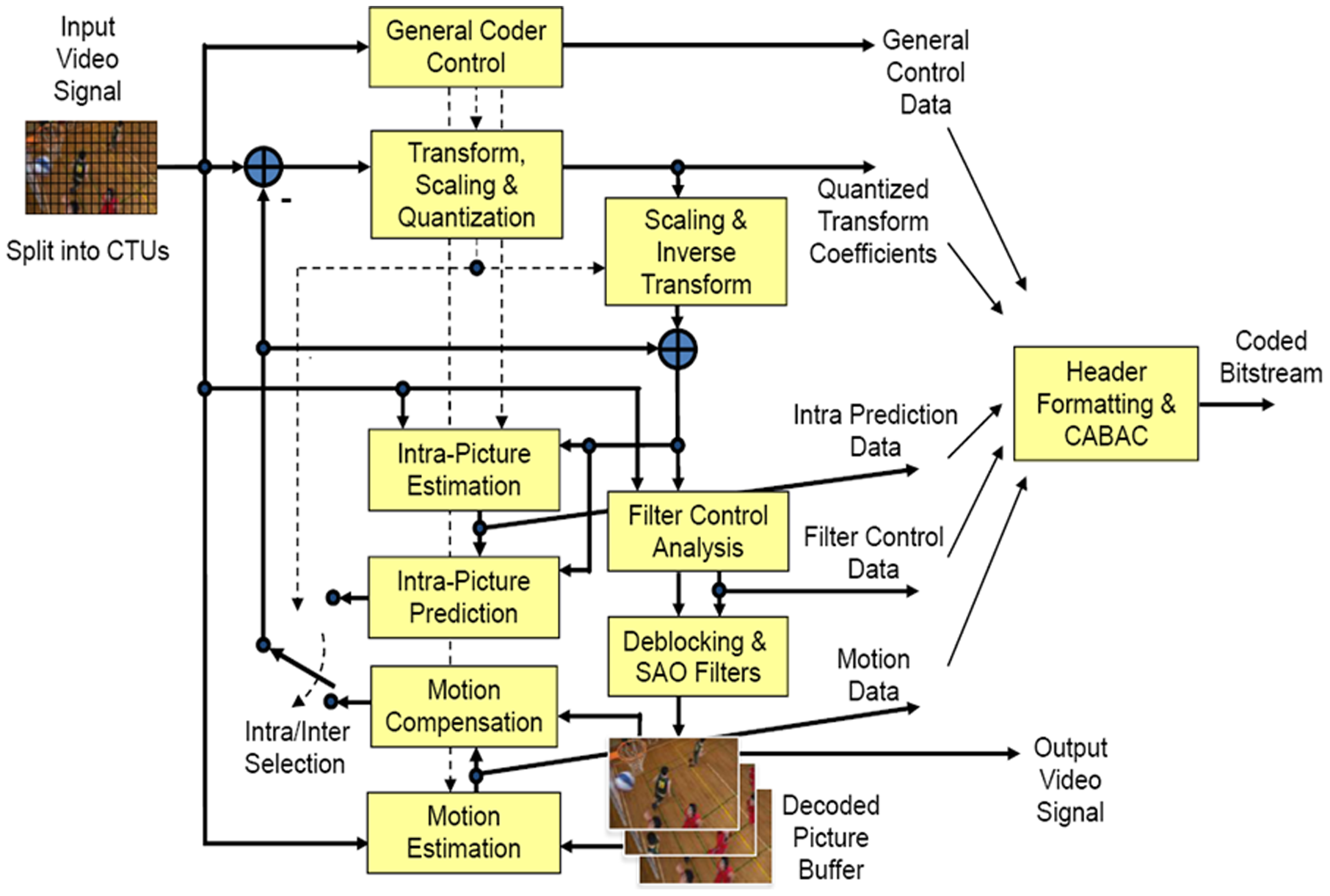|
MPEG-H
MPEG-H is a group of international standards under development by the ISO/ IEC Moving Picture Experts Group (MPEG). It has various "parts" – each of which can be considered a separate standard. These include a media transport protocol standard, a video compression standard, an audio compression standard, a digital file format container standard, three reference software packages, three conformance testing standards, and related technologies and technical reports. The group of standards is formally known as ISO/IEC 23008 – ''High efficiency coding and media delivery in heterogeneous environments''. Development of the standards began around 2010, and the first fully approved standard in the group was published in 2013. Most of the standards in the group have been revised or amended several times to add additional extended features since their first edition. MPEG-H consists of the following parts: * Part 1: '' MPEG Media Transport'' (MMT) – a media streaming format similar t ... [...More Info...] [...Related Items...] OR: [Wikipedia] [Google] [Baidu] |
MPEG-H 3D Audio
MPEG-H 3D Audio, specified as ISO/ IEC 23008-3 ( MPEG-H Part 3), is an audio coding standard developed by the ISO/IEC Moving Picture Experts Group (MPEG) to support coding audio as audio channels, audio objects, or higher order ambisonics (HOA). MPEG-H 3D Audio can support up to 64 loudspeaker channels and 128 codec core channels. Objects may be used alone or in combination with channels or HOA components. The use of audio objects allows for interactivity or personalization of a program by adjusting the gain or position of the objects during rendering in the MPEG-H decoder. Audio is encoded using an improved modified discrete cosine transform (MDCT) algorithm. Channels, objects, and HOA components may be used to transmit immersive sound as well as mono, stereo, or surround sound. The MPEG-H 3D Audio decoder renders the bitstream to a number of standard speaker configurations as well as to misplaced speakers. Binaural rendering of sound for headphone listening is also supported ... [...More Info...] [...Related Items...] OR: [Wikipedia] [Google] [Baidu] |
High Efficiency Video Coding
High Efficiency Video Coding (HEVC), also known as H.265 and MPEG-H Part 2, is a video compression standard designed as part of the MPEG-H project as a successor to the widely used Advanced Video Coding (AVC, H.264, or MPEG-4 Part 10). In comparison to AVC, HEVC offers from 25% to 50% better data compression at the same level of video quality, or substantially improved video quality at the same bit rate. It supports resolutions up to 8192×4320, including 8K UHD, and unlike the primarily 8-bit AVC, HEVC's higher fidelity Main 10 profile has been incorporated into nearly all supporting hardware. While AVC uses the integer discrete cosine transform (DCT) with 4×4 and 8×8 block sizes, HEVC uses both integer DCT and discrete sine transform (DST) with varied block sizes between 4×4 and 32×32. The High Efficiency Image Format (HEIF) is based on HEVC. Concept In most ways, HEVC is an extension of the concepts in H.264/MPEG-4 AVC. Both work by comparing different parts of a fra ... [...More Info...] [...Related Items...] OR: [Wikipedia] [Google] [Baidu] |
